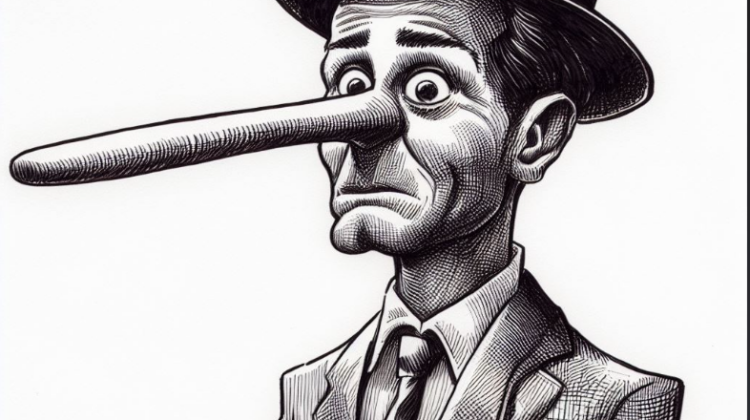
For a certain kind of postmodern ‘journalist’. Hulk Hogan’s death was an excuse to dig up Gawker’s corpse and whine about it.
There was a time when the New York Times and Gawker, a smear blog with less morals than a serial killer, were supposed to be polar opposites. That time ended long ago. And to hammer home that point, the New York Times featured an attack on Hogan, who mind you is dead, by Elizabeth Spiers, a contributing Times editor who boasts (instead of being ashamed of) of having helped found Gawker.
Rather than taking the opportunity to apologize to the deceased wrestler for the site’s decision to publish a sex tape of him, Spiers accuses him of being an anti-union, emotionally abusive racist and whines about the lawsuit that destroyed the site.
“Gawker was largely an entertainment site that, on its best days, reported presciently about powerful people behaving badly,” Spiers writes. “It could also be frivolous, crass, and even mean, which often rankled the powerful people it covered. But journalists’ frivolity, vulgarity and snark all happen to be protected by the First Amendment, as long as what they write is truthful. Only there is an exception to that: When someone sues for invasion of privacy, the truth is no longer a defense. And that is what Mr. Hogan and his allies cynically exploited.”
The only ‘cynicism’ here is Spiers repeating her party line defense of Gawker, a truly vile site that did not just publish Hogan’s sex tape, but repeatedly featured revenge porn and similar content of people, including those who could only be described as formerly famous and hardly powerful. (What was Hogan’s power again?)
Why did the jury find for Hulk Hogan over Gawker again? Let’s replay a key moment from the trial.
A.J. Daulerio, 41, was sitting ramrod straight in the Florida courtroom during the awkward moment when he was asked on video by Hogan’s lawyer, “Can you imagine a situation where a celebrity sex tape would not be newsworthy?”
Daulerio answered flatly, “If they were a child.”
“Under what age?” attorney Charles Harder asked.
“Four,” he said.
Here’s more of what the New York Times decided to defend.
The pseudo-journalist also admitted to paying $12,000 for photos of now-retired NFL player Brett Favre’s penis.
He said he didn’t consider the 2012 publication of Duchess Kate Middleton’s naked breasts an “invasion of privacy” because “she’s a public figure” and thought the size of Hogan’s penis was “newsworthy.”
The New York Times and the rest of the media won’t tell its readers any of this. Spiers certainly won’t. Say what you will about Gawker, it was fairly open about its sociopathic behavior, which is why it paid the price, while the Times was able to get away with smearing Sarah Palin.
Here’s how Spiers spins Daulerio’s testimony.
Mr. Hogan’s lawyers went after the editor A.J. Daulerio personally. It left Mr. Daulerio on the hook for upward of millions of dollars that he could not possibly pay.
I wonder why. NYT readers won’t know because the papers insists on pushing Spiers’ spin on them.
Journalism, at its best, exists to hold people with power accountable for their abuse of it. It is difficult, if not impossible, to do our work if we can be bankrupted by lawsuits any time a powerful person decides they don’t like how they were covered.
By “don’t like how they were covered”, Spiers means “having their nude photos stolen and published”.
If you want to understand how the media turned absolutely evil, Gawker is an important road sign on the way to hell. To understand the modern media, you have to understand that it’s populated by former Gawker employees and those who defend them.















